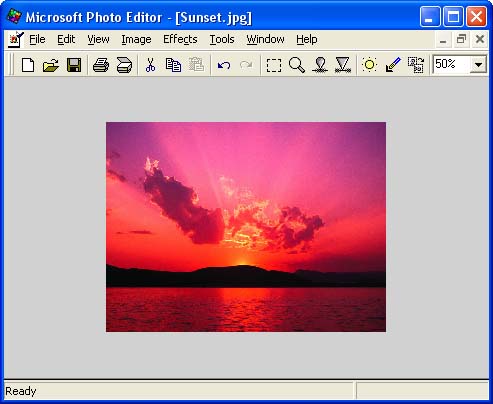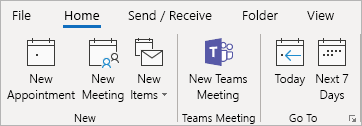- How To Add Microsoft Teams To Outlook For Mac
- How Do I Add Microsoft Teams To Outlook
- How To Add Microsoft Teams To Outlook 2016
- How To Add Microsoft Teams To Outlook Toolbar
- How To Add Microsoft Teams To Outlook Ribbon
Business and Professions Code - BPC Civil Code - CIV Code of Civil Procedure - CCP. To add a new or existing OneNote notebook to a channel in Microsoft Teams, select Add a tab at the top of the channel and select OneNote. From there, choose an option: To start from scratch, select Create a new notebook, add a name to the Notebook name field, and click Save. Click Start, search Outlook, and open the specified program. Click File and then Options. This will open a window that contains all options and settings that the user can change in Microsoft Outlook i.e., General, Mail, Groups, People, etc. Select the Add-ins tab from the left bar in the Options window. With Microsoft Forms, you can create an instant, real time poll in seconds in Microsoft Teams. Post a poll in your Teams channel or quickly gather feedback in a chat pane. Note: This feature is not available for GCC, GCC High, and DoD environments. Mar 27, 2020 To integrate your Microsoft Teams account with Outlook, follow these steps: Launch Outlook navigate to the Add-in tab; Go to the active application add-in lists; Make sure the Microsoft Teams meeting add-in for Microsoft Office is listed there; If it’s not, go to the list of disabled add-in and enable the Microsoft Teams add-in.
How To Add Microsoft Teams To Outlook For Mac
-->How Do I Add Microsoft Teams To Outlook

Share to Teams from Outlook (Share to Teams) enables users to share emails, including attachments, from Outlook to any chat or channel in Teams.
Outlook add-in for Share to Teams
The Share to Teams feature requires an add-in for Outlook. This add-in is installed automatically whenever a user logs on to either the Teams Web app or the Teams desktop client.
Note
Be sure to review Add-ins for Outlook in Exchange Online and Client Access Rules in Exchange Online to make sure your add-ins for Outlook function correctly. Also, disabling connected experiences can prevent add-ins for Outlook from working properly. See Connected experiences in Office for more information.

Share to Teams uses the same transport mechanism as when a user emails a channel. For sharing to chats, emails (including email attachments) are copied to the sender’s OneDrive. For sharing to channels, emails and attachments are copied to the Email messages folder in SharePoint.
The Outlook add-in for Share to Teams uses requirement set 1.7, as detailed in Outlook add-ins documentation, which includes details on Outlook add-ins, environment requirements for Outlook add-ins, and the specific Outlook clients that are supported with requirement set 1.7.
Enabling or disabling Share to Teams
The Outlook add-in for Share to Teams can be selectively disabled or enabled on a per-user basis using the following PowerShell cmdlets.
Note
Disabling the add-in is only possible after the add-in has been installed. If you would like to enforce disabling for all users in your tenant, run a script periodically.
To disable the add-in for Outlook used by Share to Teams, run the cmdlet found here.

To enable the add-in for Outlook used by Share to Teams, run the cmdlet found here.
Browsers and Single Sign-on
Share to Teams, in both Outlook on the web and Outlook desktop clients, relies on a browser WebView. See Browsers used by Office Add-ins for details on which clients use which specific browsers.
How To Add Microsoft Teams To Outlook 2016
Important
How To Add Microsoft Teams To Outlook Toolbar
Share to Teams requires both third-party cookies and local storage access to be enabled for users' browsers.
How To Add Microsoft Teams To Outlook Ribbon
Share to Teams uses Single Sign-on (SSO), which means users don’t need to provide their credentials when using the add-in via Share to Teams. SSO for Outlook on the web supports https://outlook.office365.com/owa/extSSO.aspx and https://outlook.office.com/owa/extSSO.aspx reply URLs by default. For vanity domains, administrators need to add the appropriate Azure Active Directory reply URL.
